History of Science, Technology & Medicine Tour
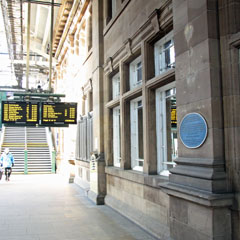 |
1. Edinburgh Physic Garden From 1675 to 1763 the Edinburgh Physic Garden was near what is now platform 11 of Waverley Station. Read more… |
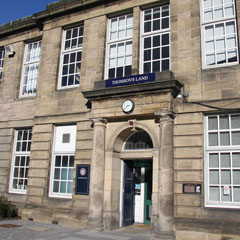 |
2. Sir Godfrey Thomson Plaque On this building you will find a plaque dedicated to Sir Godfrey Thomson, a pioneer of research into human intelligence. Read more… |
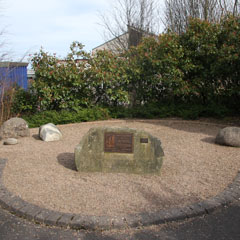 |
3. James Hutton Memorial Garden Hidden away just off the Pleasance is the Hutton Memorial Garden, on the site of the house where James Hutton lived till his death in 1797. Read more… |
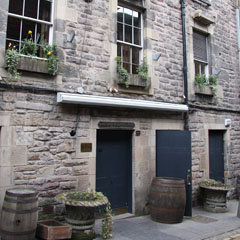 |
4. The Oyster Club This weekly dining club for scientists and philosophers met regularly throughout the 1770s. Read more… |
 |
5. Robert Knox’s Anatomy School At number 10 Surgeon’s Square Robert Knox ran his extra-mural anatomy school from the death of its original proprietor, John Barclay, in 1826 until 1844. Read more… |
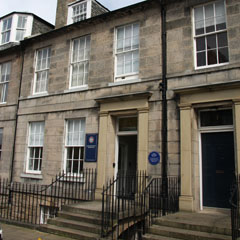 |
6. Peter Higgs Plaque Peter Higgs is famous for predicting the existence of a new fundamental subatomic particle, now named in his honour the ‘Higgs boson’, while a Lecturer at the Tait Institute of Mathematical Physics in Edinburgh. Read more… |
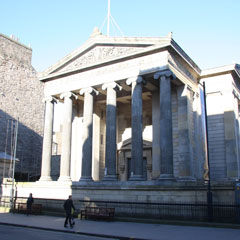 |
7. The Edinburgh Seven A notorious riot took place on this spot at the doors of the Royal College of Surgeons in 1870 when male medical students attempted to prevent female students from taking an anatomy class. Read more… |
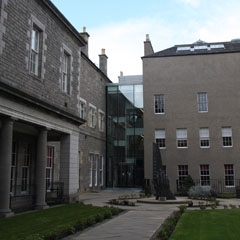 |
8. Surgeons’ Hall Museums The Royal College of Surgeons of Edinburgh was founded in 1505. Read more… |
 |
9. Old College, University of Edinburgh The University of Edinburgh was first established on this site in 1582. Read more… |
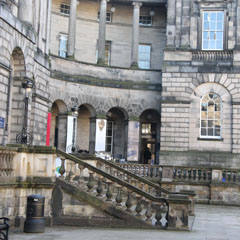 |
10. Old University Museum of Natural History Until 1861 Edinburgh University’s museum was housed in what is now the Talbot Rice Gallery. Read more… |
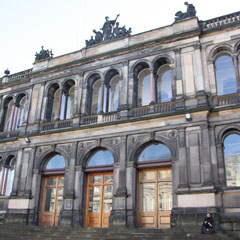 |
11. National Museum of Scotland The oldest part of the building that houses the National Museum of Scotland was called the Edinburgh Museum of Science and Art when it was opened by Prince Albert in 1866. Read more… |
 |
12. Phrenological Museum Until 1886 this was the site of Edinburgh’s phrenological museum, founded by the president of the Edinburgh Phrenological Society, George Combes. Read more… |
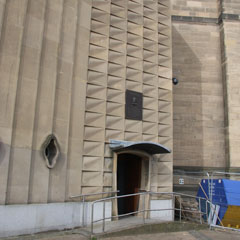 |
13. Charles Darwin’s lodgings It was here that Charles Darwin lodged in the house of Mrs Mackay when a medical student in Edinburgh in 1825-27. Read more… |
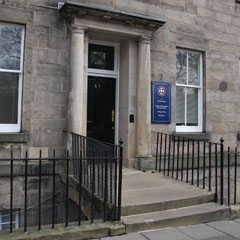 |
14. House of Dawson Fyers Duckworth Turner Dawson Fryer Duckworth Turner was a physician who had worked at a number of Edinburgh hospitals. Read more… |
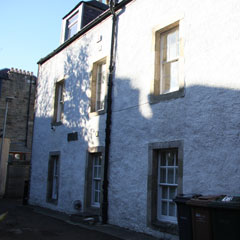 |
15. Joseph Black’s House Up an alleyway here you will find the house where the great chemist Joseph Black lived in around 1740. Read more… |
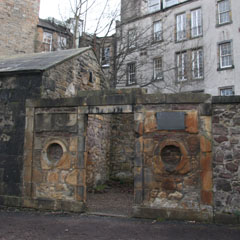 |
16. Grave of Sir Robert Sibbald Sir James Sibbald was a graduate of the University of Leiden, then the foremost centre for medical education in Europe. Read more… |
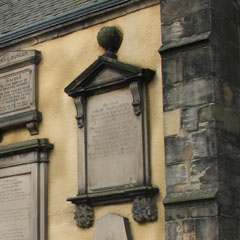 |
17. Grave of Colin Maclaurin Colin Maclaurin was an important figure of the first years of the Scottish Enlightenment. Read more… |
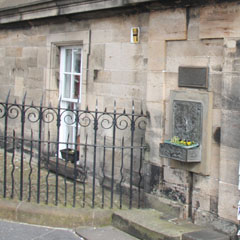 |
18. Old Edinburgh cistern, Castlehill This ornate drinking fountain marks the site on Castle Hill where the mathematician George Sinclair constructed a cistern to supply water to the city of Edinburgh in around 1675. Read more… |
 |
19. City Observatory An observatory on Calton Hill was first proposed by Colin Maclaurin, Edinburgh’s professor of mathematics, in 1736. Read more… |
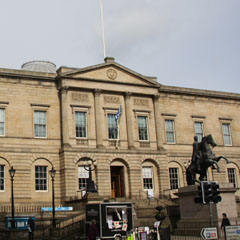 |
20. General Register House James Tytler, who made the first successful balloon ascent in Britain in Edinburgh, exhibited his ‘Grand Edinburgh Fire Balloon’ here in Robert Adam’s Register House in 1784. Read more… |
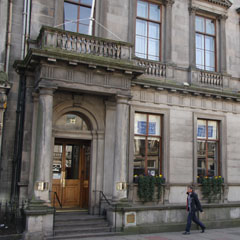 |
21. The Royal Society of Edinburgh The Royal Society of Edinburgh was set up in imitation of the Royal Society of London in 1783. Read more… |
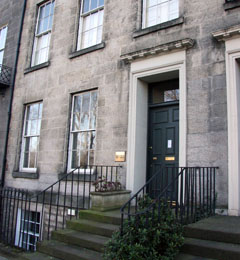 |
22. Challenger Expedition offices Between the December 1872 and May 1876 the Challenger Expedition circumnavigated the globe and laid the foundations for modern oceanography. Read more… |
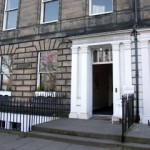 |
23. House of James Young Simpson In this house on 4 November 1847 James Young Simpson, professor of medicine and midwifery at Edinburgh University, discovered the effects of chloroform, the first widely used anaesthetic. Read more… |
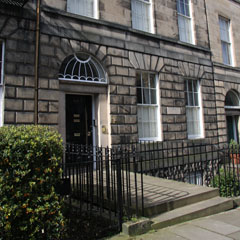 |
24. Birthplace of James Clerk Maxwell Now home to a museum of his life and work, this was the childhood home of James Clerk Maxwell, famous for his revolutionary work on electromagnetism and the kinetic theory of gases. Read more… |
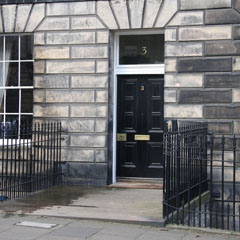 |
25. House of Fleeming Jenkin Fleeming Jenkin was appointed by Queen Victoria as the first Regius Professor of Engineering at the University of Edinburgh. Read more… |
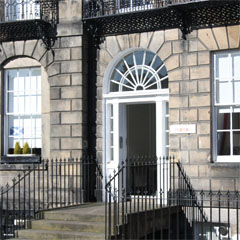 |
26. Sir David Brewster’s Edinburgh residence This house was Sir David Brewster’s Edinburgh residence until his death in 1868. Brewster is today best known as the inventor of the kaleidoscope. Read more… |
